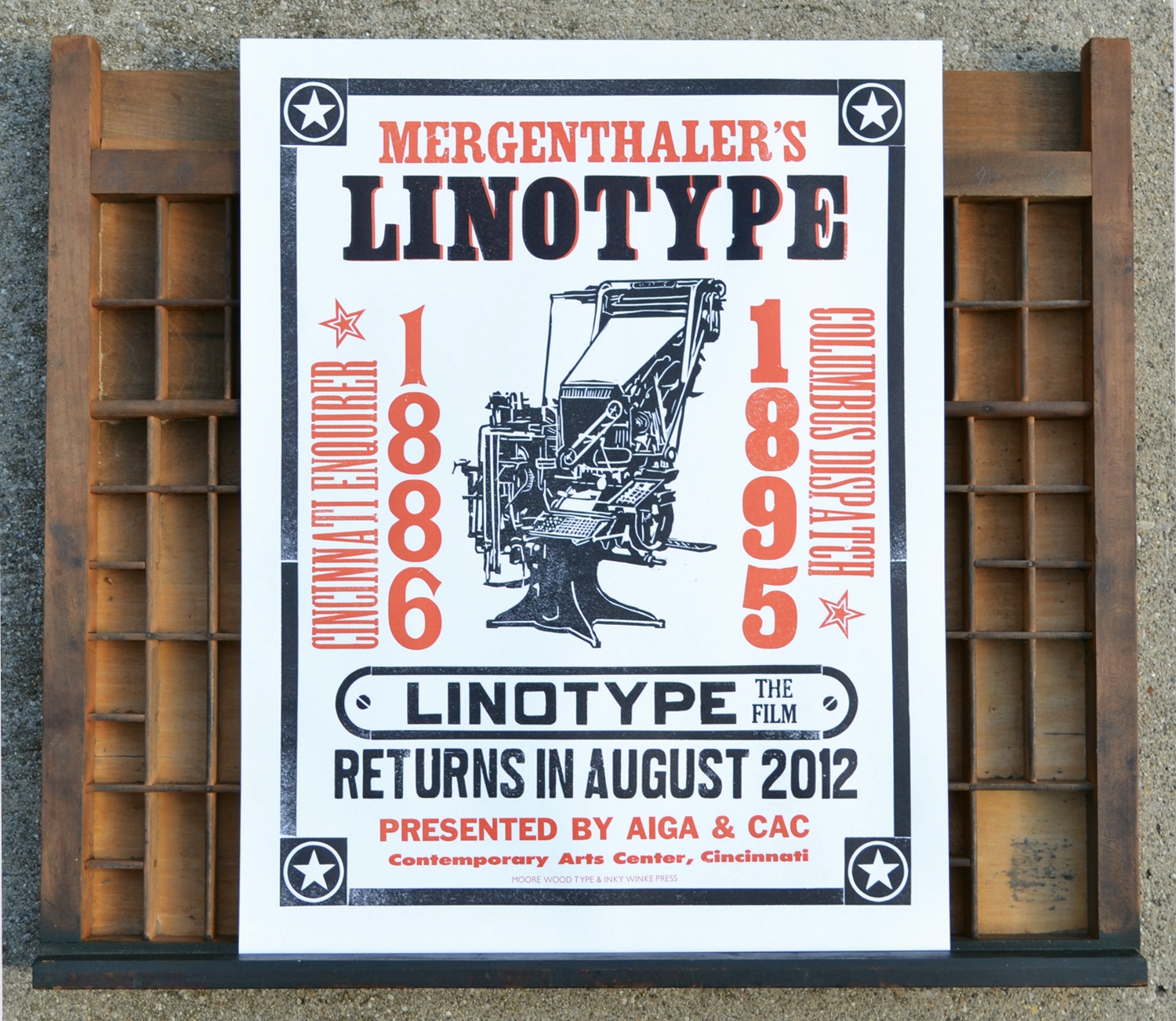Chapter 7- Typographic Technology
Chapter 7 covers the technology aspect of typography and
goes in depth about the history and how far we have progressed in making design
easier, more efficient, and more creative. Beginning with the earliest form of
hand composition, designers would assemble individual pieces of type into lines
and letter spacing was achieved by inserting thin pieces of copper or brass in
between each letter until they appeared to be evenly spaced. Although this was
very effective and worked at the time, hand composition was tedious and really
time consuming. Later there were inventions like the Linotype and Monotype
machines. The Linotype was a major development in the world of typography.
Invented by Ottmar Mergenthaler in 1866, the Linotype was named by its ability
to create in automated single line with a set length that is specified by a
keyboard operator. This was significantly faster and easier than hand composing
type. Another significant achievement was the invention of the monotype
machine. A bit different than the Linotype, the Monotype would only cast one
character at a time instead of an entire line. I learned that the Monotype was
important and useful because corrections were be made by changing single
letters instead on a whole line at a time. The next invention talked about in
this chapter is a Ludlow. A Ludlow is a semiautomatic line caster that combined
both hand and machine production. Because it wasn’t fully automatic, the Ludlow
was of course time consuming. Its major use was to make display type for
headlines and other subjects that required larger type. Keyboard typesetters
were introduced in 1950. I learned that later in time, fonts were able to be
stored electronically making it easier and faster to produce and create
typographic designs. Overall this chapter allowed me to reflect how far
typographic inventions have progressed to help designs today.

No comments:
Post a Comment